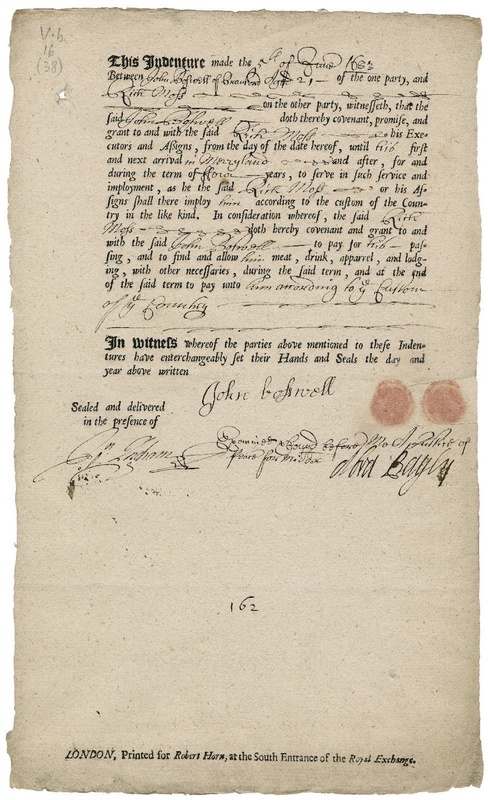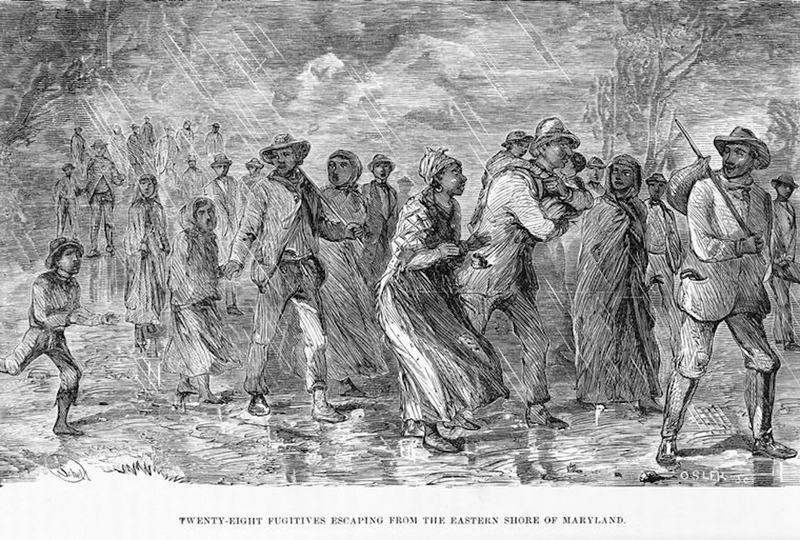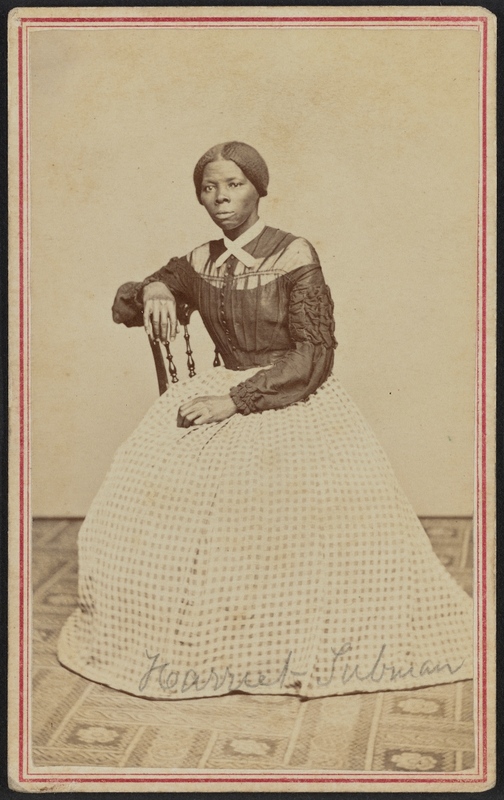Slavery and Servitude
Among the early settlers were large numbers of English indentured servants – men, women, and children who signed contracts agreeing to work for a set number of years in exchange for transportation across the Atlantic, a place to live, and basic necessities, including food and clothing. By the end of the 1600s, landowners began buying thousands of enslaved laborers from West Africa and Caribbean colonies who were brought to the region to work the land.
Enslaved laborers made up a large percentage of the population in the Delmarva region for over 200 years until emancipation in 1864, toward the end of the Civil War. The area also was known for the Underground Railroad, a network of routes and safe houses established to help slaves escape – being so close to free states, the Eastern Shore had a lot of activity.
Harriet Tubman (1822-1913), born Araminta Ross in Dorchester County, Maryland, escaped from slavery but would return 13 times to rescue family and friends. The Harriet Tubman Underground Railroad Byway traces Tubman’s footsteps from Maryland’s Eastern Shore through Delaware and into Philadelphia, Pennsylvania, where she reached freedom in 1849.



